The Bride Of Zen preamplifier
The presented preamplifier was publisched on the net by Nelson Pass as The Bride of Zen a single gain stage preamplifier. At first can be mentioned: the output is inverted, because was designed to work together with the ZEN amplifier! Basically in preamplifier part I increased just the capacitors value. In reality the input/output capacitor are formed from 1, respective 2 capacitors parallel connected: 3.3uF for input, and 8.2uF+6.6uF for output (now is 14.8uF) - all capacitors in signal way are polipropylene types.
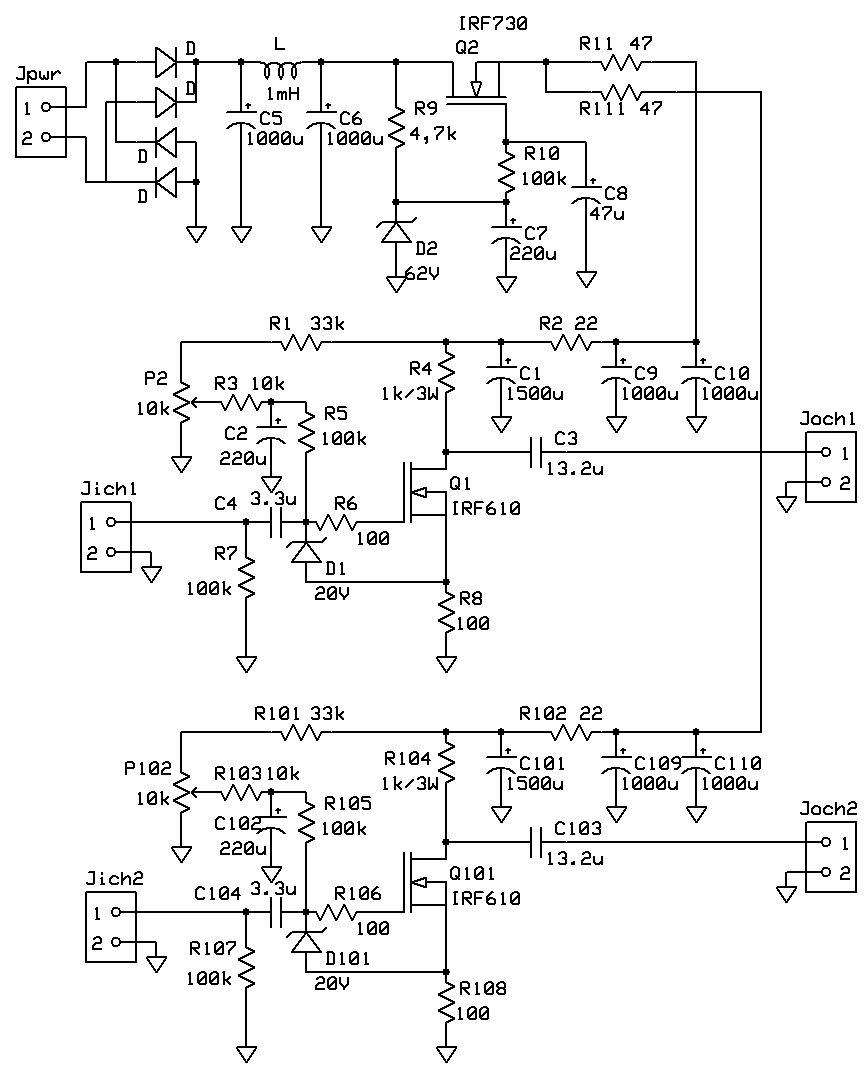
Both mosfets (for stereo) can be selected carefully, as it is decribed in Practical Mosfet Testing for Audio by Nelson Pass from Pass Laboratories.
The square wave at output (simulation made with Electronic WorkBench, newly called Multisim) was very expressive. The reality is a bit different. After I change the mosfets from IRF530 with IRF610 (input capacitance is just Ciss=140pF ), the squarewave is not distorsioned till 200kHz, and the triangular wave till 400kHz - all measured at 10 Vpp output without load. The amplification is 15dB, input impedance 50kohm, output impedance 0-1.5kohm if 5kohm vlume potentiometer are used (because the volume potentiometer is on the output).
Recommended
mosfets: IRF510, 520, 610 and 620. Other mosfets, with a higher current
will increase the distortion, especially at higher frequencies due to
nonlinearities of internal capacitance.
The output signals at 10Vpp/100kHz for triangular and square wave input measured without load (potmeter):
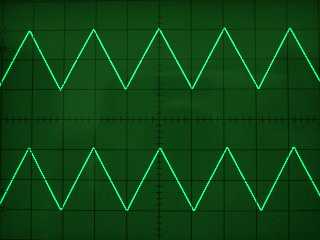
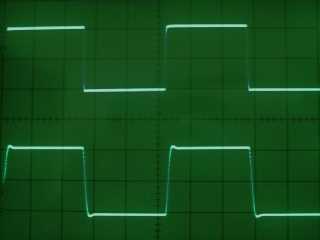
With load (5k volume pot.) the output is not as good like on above pictures. At 10Hz the waveform without load was brilliant, but with load the square-wave was deteriorated - seems like the output capacitor's value was too low. Some pictures (excuse me for their quality) measured at 10Vpp or 12Vpp output signal (2V/div) (in order from left to right, first and second raw: square-waves at 10Hz, 100Hz, 10kHz and 100kHz - 1kHz was meaningless to present, was brilliant):
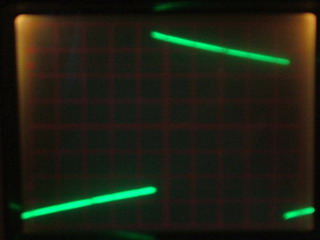
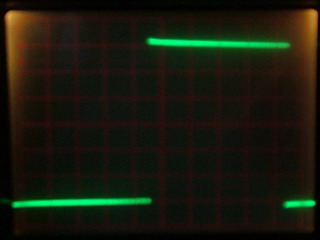
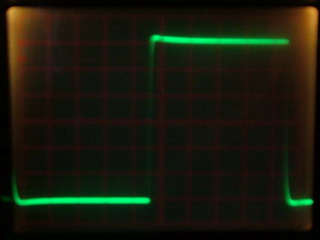
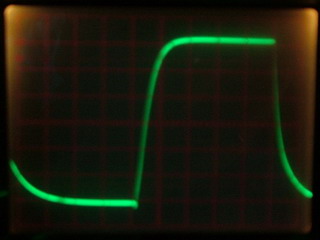
The adjusting is not critical - but are very helpfull. With P102 (10k) you can adjust +8V at C102 (220uF). In this case on the drain of mosfet can measure +20V and on source or on R108 (100 ohm) +4V. For proper adjusting is best to use 10kHz triangle wave input and max output (I adjust it at 12Vpp level). The P102 can be adjusted till perfect symmetry of input signal.
The power supply was redesigned using a mosfet IRF730 and its additional circuits instead of transistor TIP29, and in the input are used a pi filter. As zener I use 6 pcs of BZX85C10 instead of BZX85C62 (because the symulation and the drawing was more simple with that), like in original design.
The components placement and the PCB structure remaning same as in original design - taking in account my parts dimensions. Some friends of mine recommending to separate both channels with a metalic shield to increase the channel separation with 1-2 dB - probably they have right, can be tested.
Conclusion: I realy recommend this preamplifier to everybody, who like/accept the mosfet's sound, a minimalist class A preamp/lineamp with low distorsion, and needs high output level to drive the power stage (like a Zen or a Hiraga amplifier).
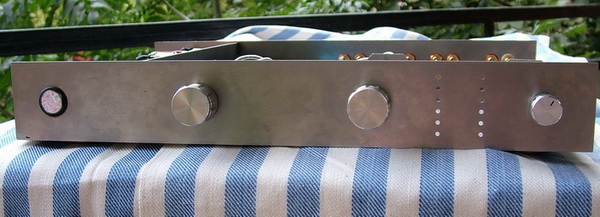
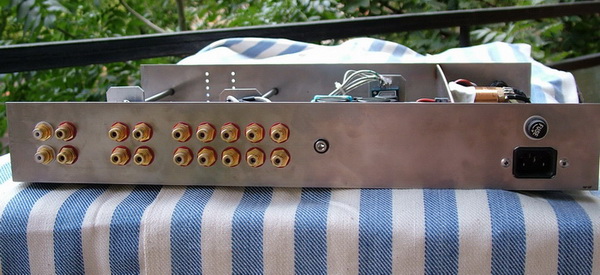
Specifications:
- Input impedance: 50kohm
- Output impedance: 0-1.5kohm in case of 5kohm volume potentiometer. Volume potmeter must be < 25kohm!
- Gain: 15dB
- Bandwidth (1.5dB): 1.3-200kHz
- Distortion: <0.1% at 2.5V output